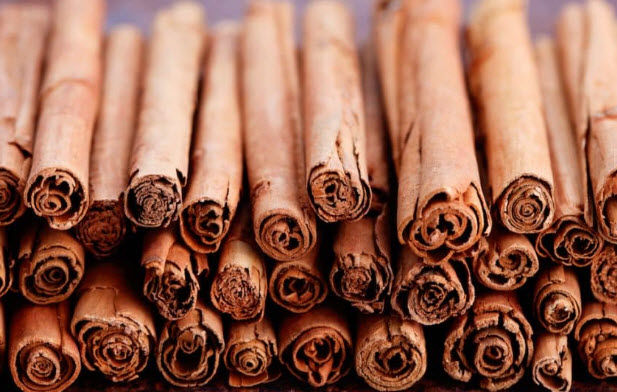Our Seasoning Components: Cilantro and Coriander
- Laura Knipp
- Aug 26, 2024
- 3 min read
Cilantro is from the parsley family. Cilantro is an integral part of Latin and Asian cooking and has an unmistakable lemony mustard flavor with an herbal tang. Popular in curries, this herb is great in both cold and cooked dishes.
The leaves are predominantly used in cooking, but the seeds can also be used although they have a stronger, spicier taste. The roots are used in Thai cooking and have a stronger flavor than the leaves. The use of cilantro can be traced back to 5,000 BC. It was cultivated in ancient Egypt, used by both ancient Greek and Roman cultures and even mentioned in the bible. Hippocrates used it as a medicinal herb and cilantro seeds were found in King Tuts tomb. It is thought to have aphrodisiac properties, and the Chinese used it in love potions.
Cilantro has one strange characteristic and that is that some people cannot stand it as it tastes like soap to them. This is particularly true when the herb is raw, and cooking may make it more palatable for these people.

It’s not surprising that cilantro has been a valued herb among healers for centuries. Cilantro is not only mentioned in ancient texts across many cultures, but its seeds and stems have been found in Egyptian tombs. Modern scientific studies of cilantro prove that ancient medical practitioners knew what they were doing in selecting cilantro as an agent for healing.
Cilantro leaves are rich in an array of something called antioxidant polyphenolic flavonoids, including quercetin, kaempferol, rhamnetin and epigenic.
Flavonoids are now well understood to provide protection against allergens. They also serve as anti-inflammatory agents and almost certainly lower the human body's chance of developing cancer. Flavonoids are sometimes called Vitamin P and cilantro is rich in this substance. Another major health benefit of cilantro is that it can help lower LDL or “bad” cholesterol, while also raising HDL or “good” cholesterol.
Furthermore, eating cilantro is almost like taking a multi-vitamin. Here is an amazing list of the vitamins found in cilantro: Vitamin C, folic acid, Vitamin K, riboflavin, niacin, and Vitamin A, not to mention beta-carotene. In fact, 100 grams of cilantro would provide 225% of the human body’s daily need for Vitamin A. The human body also needs trace elements of basic minerals and metals to stay healthy, such as iron, manganese, calcium, potassium - and cilantro has all of them.
When cilantro is dried and ground into a spice it is called coriander. Coriander seeds, which are essentially the seeds of the cilantro plant, are frequently used as an analgesic. The seeds are also employed as an anti-spasmodic agent, digestive aide, carminative (prevents gas) which is an anti-fungal agent.

Coriander seeds are sometimes even used as a weight-loss stimulant. Cilantro is well known as a detoxifying herb that can leech metals from the body. It also has antibacterial properties and can help kill of viruses that cause colds. Cilantro is also known to contain anti-inflammatory properties that minimize rheumatoid arthritis, prevent Chron's disease, and many other immune disorders. It also contains a large amount of Borneol, an organic alcohol produced naturally by cilantro, capable of destroying viruses and germs that cause colds and flu. It is also known to increase production of gastric juices in the stomach which help the digestive system.
Cilantro is safe in food amounts as well as when taken medicinally in appropriate doses. It may cause increased sensitivity to the sun and allergic reactions.



Comments